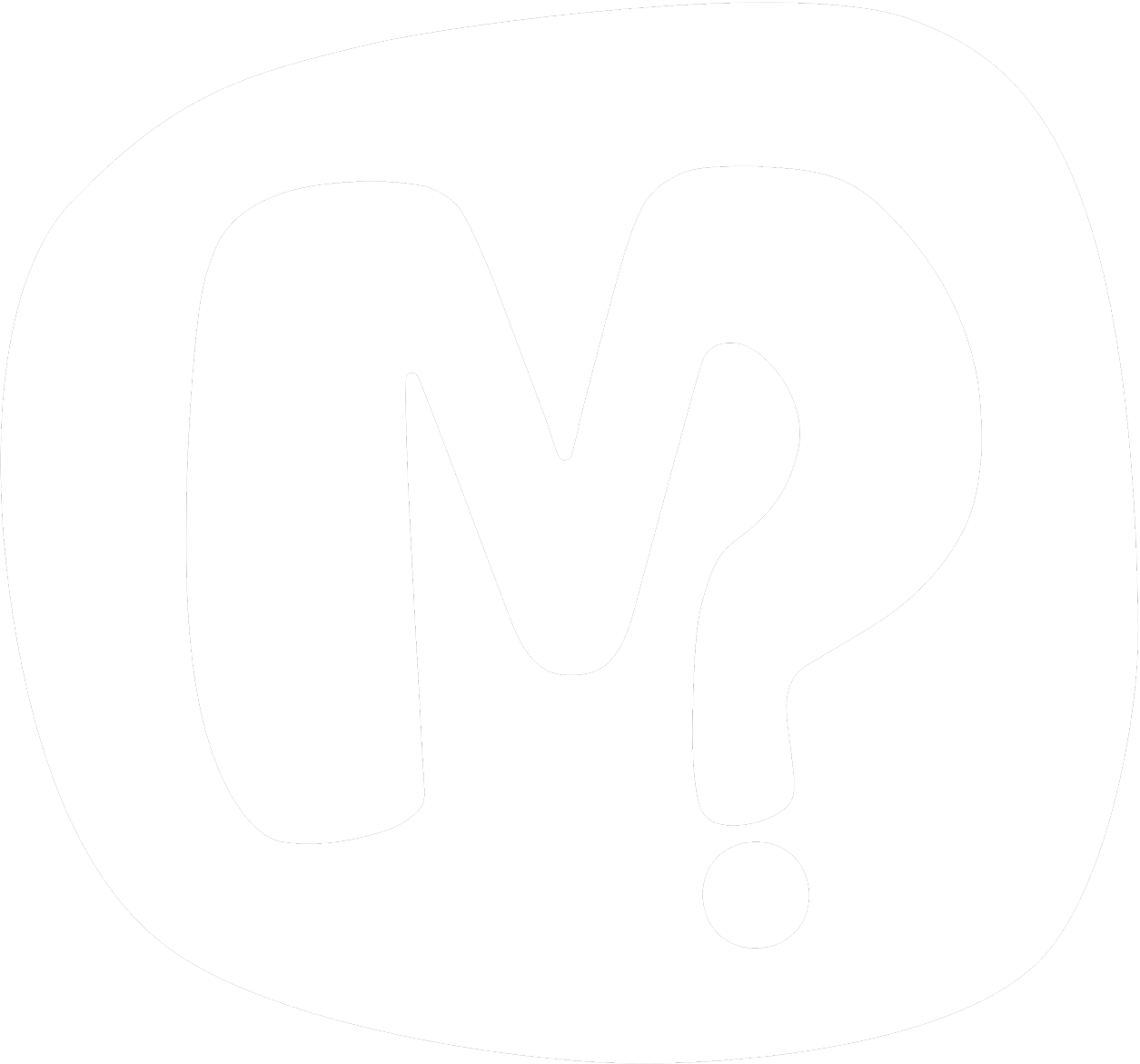Entrepreneurial Thinking
Rationale
By exposing students to entrepreneurial thinking, they are encouraged to take responsible risks, think outside the square, and to creatively solve problems.
Big Question
How do entrepreneurs innovate, solve problems, and inspire change?
Guiding Question/s
- How can we inspire others to support our business idea?
- How can we persuade others to support our business idea?
Essential Questions
- How do ideas become businesses?
- What is the difference between not-for-profit and for-profit businesses?
- How do businesses communicate their purpose and values?
- How can we develop an entrepreneurial mindset?
- How do some businesses give back to the community?
- How can entrepreneurs inspire social change?
Future Action
Students will be more informed when making financial decisions and will think about the social, ethical, and environmental impacts of consumerism. They will apply an entrepreneurial mindset when examining issues and formulating solutions.
Immersion Phase
Immersion
Your students will participate in immersion experience/s and record their ideas and questions.
Your students will participate in immersion experience/s and record their ideas and questions.
Launch Phase
Questions
Your students will develop questions to add to the classroom Wonder Wall.
Your students will develop questions to add to the classroom Wonder Wall.
Research Plan
Your students will form into their Investigation groups, select questions, and develop a plan for their research.
Your students will form into their Investigation groups, select questions, and develop a plan for their research.
Research Phase
Research
Your students will set research goals, conduct and record their research, and reflect at the end of the session.
Your students will set research goals, conduct and record their research, and reflect at the end of the session.
Synthesis Phase
Findings
Your students will share and summarise their research findings and present what they have learnt with the rest of the class.
Your students will share and summarise their research findings and present what they have learnt with the rest of the class.
Assessment
You will conduct a conference with each student to assess their understanding of the content they have learnt during their research.
You will conduct a conference with each student to assess their understanding of the content they have learnt during their research.
Collaboration Phase
Product Plan
Your students will select product/s to create in response to the guiding question of this investigation.
Your students will select product/s to create in response to the guiding question of this investigation.
Product Creation
Your students will work in their Investigation Group to create their product/s and reflect on their role during this session.
Your students will work in their Investigation Group to create their product/s and reflect on their role during this session.
Exhibition Phase
Exhibition Preparation
Your students will prepare their product/s for the exhibition.
Your students will prepare their product/s for the exhibition.
Exhibition
Your students will share their product/s at the exhibition and collect feedback from exhibition attendees.
Your students will share their product/s at the exhibition and collect feedback from exhibition attendees.
Evaluation Phase
Feedback
Your students will analyse feedback they received from the attendees of the exhibition, conduct self-assessment using rubrics, and reflect on social skills.
Your students will analyse feedback they received from the attendees of the exhibition, conduct self-assessment using rubrics, and reflect on social skills.
Future Action
Your students will reflect on what they have learnt during this investigation, consider the Habits they have practised, and revisit questions on the Wonder Wall.
Your students will reflect on what they have learnt during this investigation, consider the Habits they have practised, and revisit questions on the Wonder Wall.


